The Secret World Of Bridal Fashion
What I've learned so far working for a bridal fashion brand
Hello Curious Minds! Long time no see for those who already know Le Journal Curioso, and welcome to those who just subscribed!
This month, you will receive two free letters and a paid one because I want to introduce you to my work. Today’s letter is the first one that dives into my experience in the fashion bridal world.
This is a long newsletter; if you read it via email, you must click on ‘view the entire message’ to read it in its entirety.
It’s been a decade since I've been working in the fashion industry, and I am always surprised when I discover a new side of it. This year, I (re)discovered the bridal world, a field of fashion that I forgot. In 2019, I worked at MATCHESFASHION (RIP) to launch The Wedding Edit - a selection of 30 collections and 250 pieces for brides. When it launched in January 2020, former MATCHESFASHION Buying Director, Nathalie Kingham, explained the luxury e-commerce retailer's choice to become a one-stop-shop for brides on Refinery29 this way:
“We have seen so much evolution how the modern bride dresses – not just thinking about what she will wear for the actual wedding, but for the night before, [and] the after-party.”
[…]
“For each of these events, a bride might pick a different mood – a classic silhouette from Vivienne Westwood or Erdem for the day or a sequined Halpern mini or Paco Rabanne chain dress for the evening. Taking inspiration from iconic fashion muses such as Bianca Jagger, tailoring and suiting was something we also worked to ensure was well represented in the edit, selecting styles from brands such as Alexandre Vauthier, Christopher Kane and Jacquemus to be included. The perception of a bride is evolving and we wanted to make it easy for our customers to find these looks in the curation.”
For the occasion, brands like Miu Miu, Emilia Wickstead, Christopher Kane, The Row, Jil Sander or Vivienne Westwood, with the latter that showed its first-ever bridal collection at the Barcelona Bridal Fair this year, and more emerging brands like Bernadette, designed bridal pieces exclusively for MATCHESFASHION.
Though the contemporary luxury store had a distinct British flair, MATCHESFASHION was also a worldwide e-commerce retailer translated into French, Japanese and Korean. As part of the copy team, my role, along with the Japanese and Korean teams, was to make The Wedding Edit culturally relevant for our markets.
Weddings happen all over the world, and in my line of work, it is important and necessary to know how what appears to be a tradition for everybody translates to cultures it didn’t originate from. If brides wear white worldwide, there are also cultural differences that make bridal fashion very specific to a country, a culture, and a people. That’s what I learn working on that project. I remember an episode where the English copy team included in a description that a dress would be perfect for a tea party-themed wedding, and we had to explain to them that we needed to write more neutral copy because Korean, Japanese and French brides didn’t have tea-party themed weddings.
This can seem like a detail, but avoiding being very specific in our descriptions gave the opportunity to brides-to-be to be bolder with their choices and not be negatively influenced by a cultural reference they might not be familiar with.
FOR THE MOST CURIOUS: THE ORIGINS OF THE WHITE WEDDING DRESS IN WESTERN CULTURE
Did you know? The tradition isn’t that old. It dates back to Queen Victoria's marriage to Prince Albert in 1840. Queen Victoria’s wedding was a huge PR and marketing operation to restore the plummeting monarchy’s image, which people considered distant from them because of the royals’ lavish lifestyle and Britain’s political and social unrest. For that reason, the wedding was one of the first steps to rehabilitate the monarchy. But it was also a rare political marriage where both parties were in love, therefore, the wedding was different from traditional royal weddings:
European royal weddings were usually held privately and at night, yet Queen Victoria chose hers to be in the afternoon, allowing Londoners to witness it.
The couple also invited the people to celebrate with them by going to and leaving the ceremony through the streets of London.
Queen Victoria’s wedding set the precedent for future royal weddings to be more accessible to the public (Editor’s Note: Queen Elizabeth’s choice to have her coronation televised was also part of the legacy of her great-great-grandmother to bring the people closer to the monarchy).
Now, let’s talk about that famous white wedding gown.
Technically, it wasn’t the first time a queen wore one: Mary, Queen of Scots, did it first in 1559. But Queen Victoria set the precedent by not wearing the red ermine robe associated with the monarchy to focus the attention on her role as a wife/bride and instead wearing white rather than the usual gold and silver colours worn by royal brides. So why the colour change? Queen Victoria's wedding gown was made of white silk from Spitalfields - a London district known as a silk-manufacturing site - and British lace. At the time, both industries were in decline due to industrialisation, so the Queen’s choice served as a form of patronage to support British craftsmanship. To showcase the beauty of the silk and lace of her gown, white was the best colour. Hence, the modern wedding dress was born.
This project was my entry into the bridal world from the point of view of a luxury e-commerce retailer and is now enabling me to navigate my new role as an international sales manager for an Apulian brand called Mysecret Sposa. But before I tell you more about my experience in the bridal world, I want to invite you to read an excerpt from the first-ever letter I sent:
I always had a soft spot for History to the point that I was a tour guide for two seasons in a Renaissance castle near Paris. I never dreamt of working in the industry, but what got me into it was its intertwining with History and society. In Italy, fashion is not only a matter of the elite but of the people, unlike in France. At the end of September 2022, I moved to Putignano, a small town in Apulia, South Italy. I moved there on a whim - again, that is a story for another newsletter - so needless to say, I was clueless about the region and the city. Putignano counts around 26 000 inhabitants and seems like a deserted town from 1 pm to 4 pm - much like in Spain; it becomes a sleeping beauty during the scorching hours. At 4.01 pm, little by little, the paved streets flanked by bright white, old houses and colourful buildings take life. Shops reopen, teens go around in groups, elders sit on benches to people-watch while families get ice cream, and groups of friends gather around a beer. Putignano is a city of habits. You will find the same group of bystanders at the exact same point you left them the day before, as if they never left. It is fascinating. But these rituals, repeated generation after generation, hide a soft hustle and bustle.
Putignano is the Italian capital of the wedding dress and produces children’s clothing. Bari, the region it belongs to, has textile factories and ateliers producing some of the most beautiful fabrics and embroidery for Italian and French Maisons. In April, I was at a birthday party where a friend gifted an intricate and delicate lace christening baby gown to another friend who just gave birth. The dress, entirely handmade by my friend’s mother, looked like it belonged to a haute couture atelier. It is fascinating to witness such moments in a place where fashion is apparently invisible. There are hidden ateliers in tiny streets, and factories are some kilometres from the city centre. You could be surprised to find a tailor or a small boutique walking by a quiet living area. Though the region is not as productive as it was, these little details prove how much fashion matters to all social classes in the country. And this is the type of story I want to tell about fashion.
I left London to distance myself from fashion and observe it at a slower pace. Serendipity made me come to Putignano, where fashion is hidden, yet everywhere. There, fashion exists, but in a different manner. There, it is possible to witness the people who make fashion but that the media barely talk about: seamstresses, pattern makers, embroiders, textile makers, sales agents, boutique owners, etc. It isn’t about creative directors, marketing geniuses, or image makers, it really is about the making process, the petites mains and these invisible yet necessary figures of the bridal fashion system. In Putignano, many bridal brands don’t sell to the consumers but directly to the boutiques. And it is fascinating to see how that B2B model unravels under my eyes.
About the Italian bridal capital and Mysecret Sposa
I want to start by saying that being in Apulia and Putignano, particularly, makes my experience of the bridal world peculiar. As someone living in the town, summer and spring mean witnessing weddings or processions of guests dressed to the nines at least 5 to 6 times a month. Walking in the streets, it is not uncommon to notice written on a doorbell ‘[insert an Italian name] Sposa’ (‘sposa is the Italian word for bride/bridal’) on a seemingly anonymous building with tinted glasses.
The city is bursting with bridal fashion brands that are famous all over the country and worldwide. And this is for a good reason: Apulia is known as a wedding destination among foreigners. Yet in 2019, the Italian bridal magazine Domani Mi Sposo (Tomorrow I get married) reported that 40% of the wedding dresses were made in Puglia, with a concentration of the production in Putignano.
The story of the town becoming the Italian bridal capital coincides with the decisions of politicians and industrials post-WWII to rebuild the country’s economy using fashion as one of its pillars. This period, spanning from the 50s to the 70s, saw the birth or revival of brands such as Pucci, Max Mara, Missoni, Prada and Gucci. The history of bridal fashion in Putignano, much like fashion in Italy, is deeply rooted in family. Many renowned bridal brands in the town are family businesses, with the specificity that most of them were founded by women.
One of the pioneers is Giovanna Sbiroli, who founded her eponymous brand in 1963 and happens to be the mother of Giorgio Lippolis, Mysecret Sposa’s co-founder. So, needless to say, even though Mysecret Sposa was founded in 2013, Giorgio and his wife, Linda Pizzutilo, the brand’s designer, have more than 25 years of experience under their belt in the bridal world. Both met and worked in the family business until 2012, before it was sold to the Neapolitan bridal brand Maison Signore in 2017.
Giorgio and Linda, respectively, have backgrounds in production and design. So, when they founded Mysecret Sposa, they had to learn about the other sides of the business of bridal fashion on the job. With less than 12 employees, they made Mysecret Sposa an established brand in southern Italy.
Each time I go into the office, I realise how privileged I am: the atelier is below the office, so I can witness firsthand how a wedding dress is made from start to finish. In a climate where the Made in Italy label is under scrutiny, with brands like Valentino being sued over labour exploitation, it is a pleasure to witness small fashion businesses embodying it with integrity.
SOME OF MY FAVOURITE MYSECRET SPOSA STYLES
If you enjoy my perspective, support my work as a writer who aims to highlight aspects of fashion that you won’t read about in mainstream media. A monthly subscription is 6€, and a yearly one is 48€.
Bridal fashion is haute couture
Once upon a time, wedding gowns closed haute couture shows. They were considered the highest form of luxury and allowed the designers’ skills to shine. Though the tradition is now dated, bridal fashion is still haute couture, even though the term is protected in France.
Haute couture defines a collection of unique designs that are not mass-produced. Made by highly skilled artisans, they are custom-made with fabrics of the highest quality and display amazing craftsmanship.
Linda designs one collection a year that doesn’t go beyond 27 wedding dresses. Her style is characterised by clean silhouettes made of quadruple organza, stretch cady, or macramé lace. Details are made of tulle, French lace or embroidered. Her designs are often 2-in-1, meaning that one dress can be transformed to look different from the initial style, as you can see below:
Living my first bridal fairs
I started working at Myecret Sposa in February, amid the final preparations for the Rome Bridal Week (March 16 - March 18 2025) and Milan Sì Sposaitalia Collezioni (April 4 - April 6).
Sì Sposaitalia Collezioni has existed since 1982, meanwhile the Rome Bridal Week was founded in 2004. Therefore, the former attracts more international bridal brands and buyers. Usually, buyers attend the New York Bridal Fashion Week, then they go to Milan, and finish with the Barcelona Bridal Fair (BBF), the biggest European bridal fair. The BBF is considered the most innovative of bridal fairs, with many European bridal brands that the American market and various Asian markets covet.
But going to Barcelona is not only costly, but risky if you are a small brand. Between the many fashion shows happening and the biggest brands having their booths there, it is hard to stand out, unless you invest a lot of money. And even if you do, a return on investment is not guaranteed. So each year, bridal brands must trade carefully when choosing which bridal fair to attend.
Fairs are the fashion weeks of bridal brands. This is where they get new clients, visibility, and above all, take orders from stores.
So arriving amid the final preparations of the fairs was intense, not only because of the tight schedule, but mainly because I had to pick up the pace quickly. I had just a month before the Rome Bridal Week to learn about:
the brand’s history, its aesthetic, and the new collection
The company’s process
How bridal fairs work
How to invite clients to visit our booth
How to approach clients during the fairs, which was all new to me as someone mainly working behind a computer
How to follow up with clients post-fairs
Gorgio and Linda hired me to take care of the international market, but in Rome, it was a majority of Italian buyers who came, so I mainly assisted and observed how they worked. Nonetheless, it was a very insightful experience observing how relationship building leads to sales. Rome was also interesting because all the clients were either married couples, mother and daughter or the whole family. This made me understand that the business of bridal in Italy is a family business passed on from generation to generation. In Milan, the mood was different. It was much bigger with more international names, and above all, it was much more organised. While in Rome, it was much more like a walk-through situation, in Milan, Sì Sposaitalia had a system where we could invite stores/boutiques we thought matched Mysecret Sposa and vice versa. But it was funny, this system worked mostly with foreigners and not with Italians.
I also noticed that, conversely to what I am used to with luxury fashion, with bridal, buyers don’t seem interested in the brand’s storytelling. They are much more straightforward. They might ask where we are based, if we really are Made in Italy, our wholesale prices, delivery lead times and if the model can try on some dresses.
Another thing that I found interesting is the buyer's brain. Whether in Rome or Milan, foreign and Italian buyers were unanimous in complimenting our dresses for their craftsmanship and design, yet they went for designs that were less bold or asked for some alterations because they knew the bride, the final customer, doesn’t have the same eye. Observing how much some were torn about picking that dress rather than THE one made me understand that bridal fashion is probably one of the most challenging types of fashion sales because a wedding dress is such a unique product.
Are you working in bridal fashion? Shoot me an email at thelbdstories@gmail.com or DM me, I’d like to interview you for The Underrated Fashion Professionals Talks.
Contribute without strings attached. I know not all of us can commit to supporting every writer and artist we love regularly. If you can’t commit to a monthly or annual subscription but still want to support Le Journal Curioso, you can buy me a coffee below.





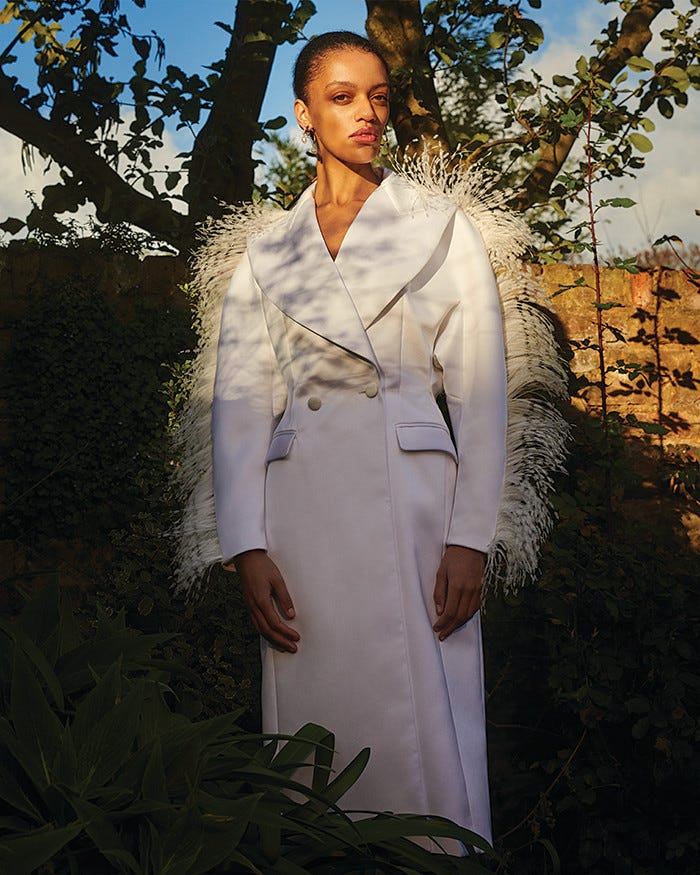

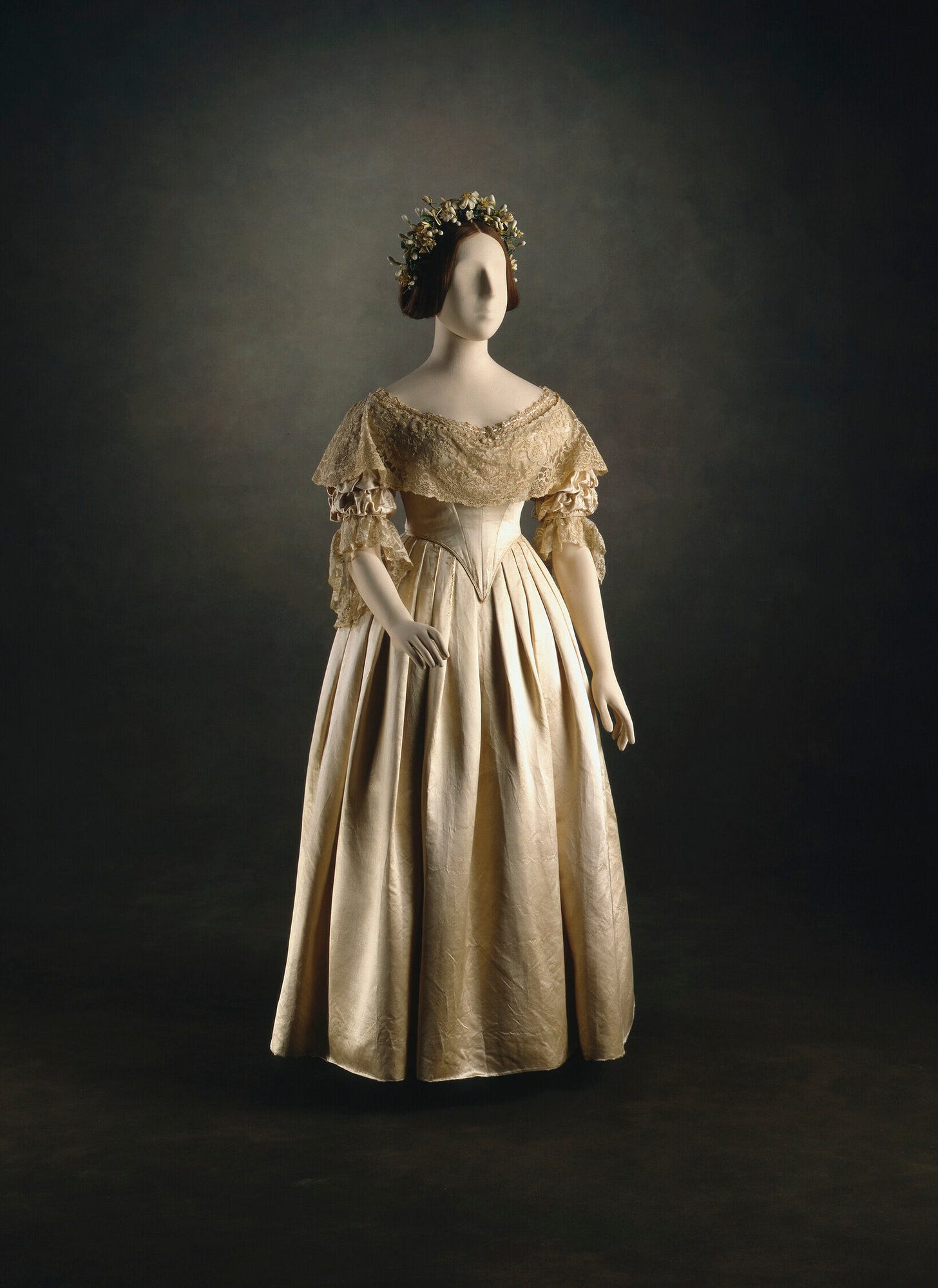


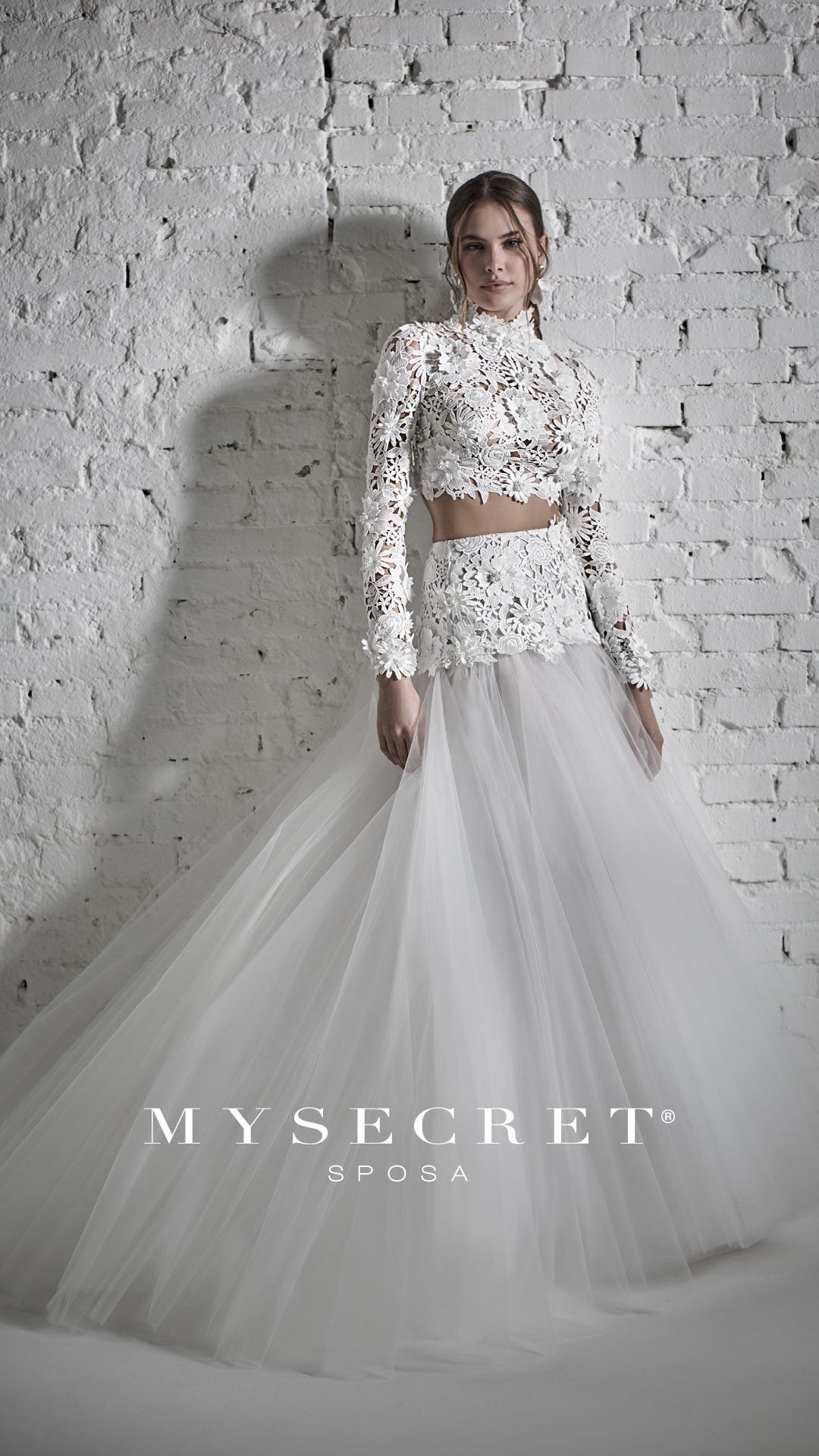
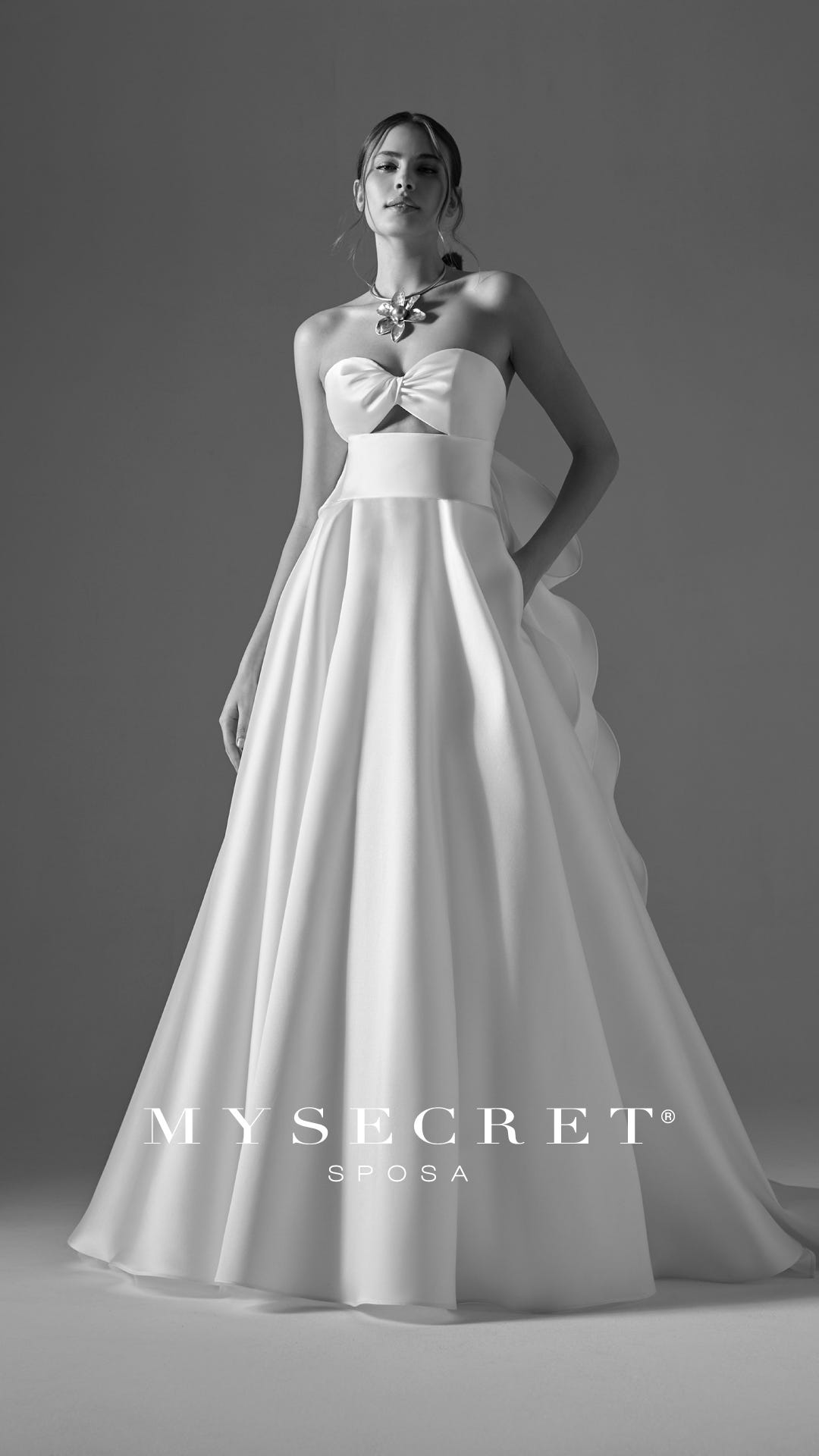

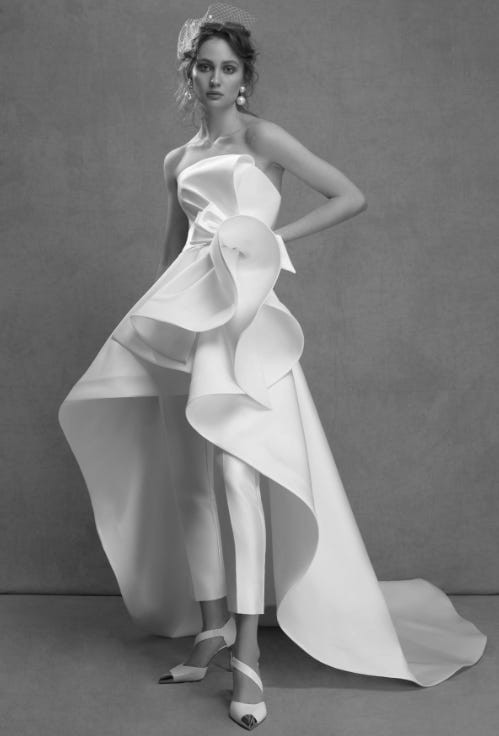
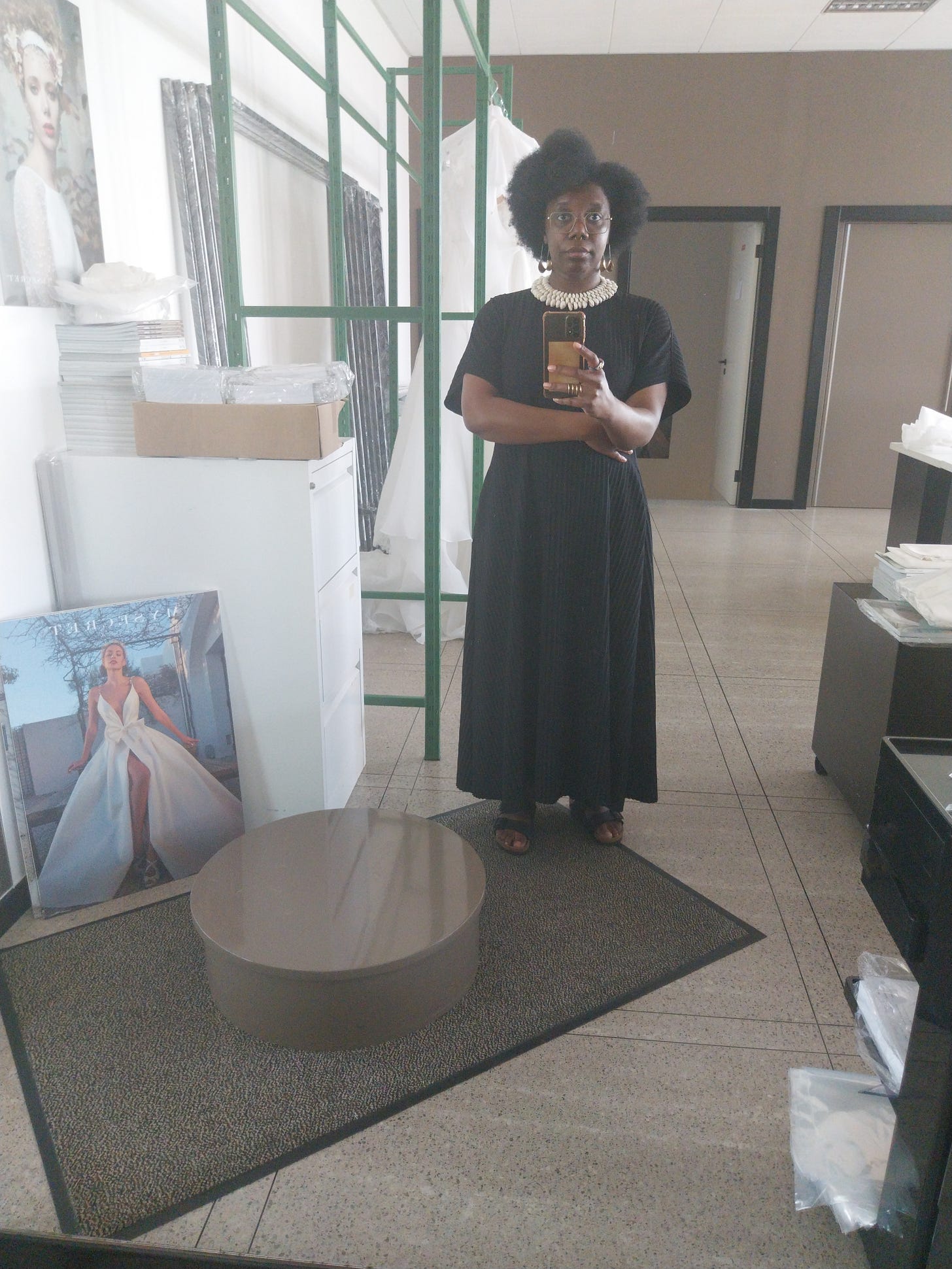
So interesting 👀 I wonder what direction this category will take in the next decades.
Merci de nous inviter dans ton monde. La mode nuptiale est beaucoup plus intéressante que je pensais.